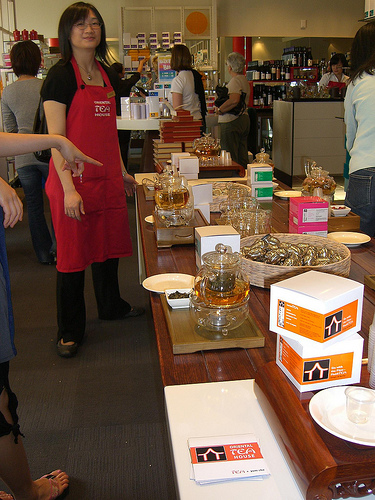
 Summary: There are several ways to measure the impact of your events. You can review sales immediately after an event, you can ask people what they intend to buy after the event, or you can interview them a few months later and ask them what they bought.
Summary: There are several ways to measure the impact of your events. You can review sales immediately after an event, you can ask people what they intend to buy after the event, or you can interview them a few months later and ask them what they bought.
Reviewing Sales Figures After an Event
Reviewing post-event sales gets to the heart of the matter quickly. This is often the preferred method of Brand Managers. However, it’s sometimes nearly impossible to do anything meaningful with the information.
Nielsen offers some excellent tools to measure sales if you have a large enough sampling along with patron zip codes, but the effort takes months and you need tens of thousands of respondents.
For some CPG products, when you’re activating at retail, you can conduct before-and-after shelf counts, which is actually a pretty good method of gauging onsite sales. Make sure, however, that your staff and store management and staff aren’t restocking the shelf without first agreeing on a vetted protocol for doing so. Otherwise, you’ll never be sure that your data is accurate.
Why Event Data Should be Timely
It is important that event data is timely so you are able to act on important findings before the tour is over. What good is learning after the tour is over that morning activation generated three times more sales on a daily basis compared to afternoon activation? If you knew that mid-stream, you could change your schedule to get a better return. We solve this problem by asking consumers directly, “What do you intend to do?” This gives us a clear and fairly accurate indication of how we have impacted their future purchase intent. More importantly, it provides a means by which we can identify situations where the impact is greatest.
Event Measurement Case Study Example
- During a recent program, we found unexpected purchase intent spikes in one market versus the others.
- Closer examination revealed that it was the location selection strategy of the local Brand Ambassador that was causing the difference. The Brand Ambassador with the lower impact was selecting venues that skewed toward an older demographic.
- Once we discovered the cause, we took corrective action to redirect the strategy of the local staff, and soon found that the impact projections returned to within the normal parameters. This correction significantly changed the overall average of the data we were obtaining nationally.
Near real-time access can make all the difference. Sometimes it’s not what you’re measuring, but how you’re measuring it, that determines how accurate and actionable your data is. If experiential event measurement is not timely, your data can be skewed, your analysis misguided, and your actions ineffective.
Photo Source: http://www.flickr.com/photos/avlxyz/2993795331/
